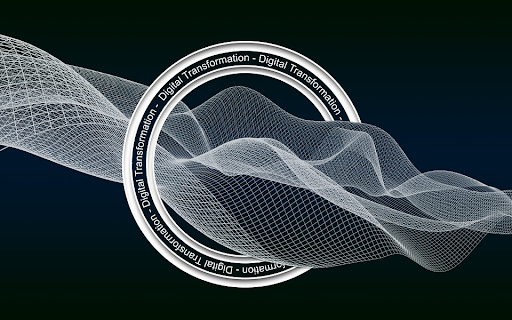

How to open OST file in MS Outlook?
This article helps you to determine how to open the OST file into MS Outlook. Conversion of Microsoft Exchange OST to PST format cannot be directly done by manual method. To convert OST to PST it is required to use the third party tool OST to PST Converter.
Sunday June 04, 2017,
4 min Read
Microsoft Outlook is the basic email client which can be easily configured OST by any webmail account. It can be easily configured by any webmail account and stores their email messages and attachments. It mainly categorizes the Outlook data files into two file formats one is OST data file and PST file.
PST is the Personal Storage Table where all the personal folders and other email data of configures email account is stored in it. PST file format is primarily supported file format which can be easily accessible by MS Outlook. While OST is the offline storage file. When the user uses the “Cached Exchange Mode” it means the MS Outlook has stored the one copy of mailboxes of email messages in a .ost file extension. Which is usually located at the C:\Users\Admin\AppData\Local\Microsoft\Outlook\ where all the OST files are available which is configured by any email accounts to Outlook.
When the account is configured to MS Outlook than it creates an .ost file extension for that configured email account. Due to some security reasons Outlook does not import the OST file directly. But, PST file format is easily accessible and imported directly into MS Outlook. If any user wants to open OST file in another computer than it is not possible to open it directly in the system. The user must configure the email client and gets a new generated OST file or it is mandatory to convert the OST file format into PST format. Then, the MS Outlook can easily import the converted OST file into PST format.
Default Location of OST file in MS Outlook
To open the OST file in MS Outlook it is required to configured an email account to MS Outlook. If the user configured the account correctly to Outlook than the OST file is generated in the hard disk at the default location in the system.
The default location of the OST file is generally found at: C:\Users\Admin\AppData\Local\Microsoft\Outlook\
Convert OST to PST by Using Efficient Solution
OST files can also be converted into PST format by using the manual method. But it is too risky for the user. Sometimes it happened that OST files can be corrupted/damaged during the conversion when manual method is applied on it. So, be careful about the conversion of OST files by manual method. Before applying any conversion process to export OST file into PST format, take backup of your original OST files.
Use the efficient and affordable solution OST to PST Converter to convert the multiple OST files into PST format in a few simple steps. It helps you to manage your email messages of OST files into PST format. The OST file cannot be imported directly into MS Outlook but it can import PST file format directly into it. So the advanced utility is the best solution to convert the OST files into PST format and access them directly into MS Outlook.
Some of the few steps to convert the OST file into PST format in three steps:
# Download the Exchange OST to PST Converter and open it.
# It offers to select the single OST file or multiple OST files containing single folder into PST format.
# Select the destination folder to store the resultant OST files into PST format. It is the location where the converted OST files are stored in the PST format.
# Click on Convert, to convert the selected OST files/folders into PST format.
Some Advanced Features of OST to PST Converter
# Convert OST files into PST format with attachments.
# Batch conversion of OST files into PST.
# Supports all the files created by different versions of MS Exchange
# It offers a preview of email data from OST to PST
# Maintains the email structure.
# No need to require to install the Outlook.

.png)



